Trees & Natural Disasters
Storms and natural disasters can leave devasting damage to property and trees.
No matter who you are, the first step to recovery is always safety. It is common for people to survive disasters only to be injured during recovery. Always be safe when handling damaged or fallen trees.
Storms often leave trees looking bare and deflated—but these looks can be deceiving. Trees have an uncanny ability to recover from storm damage. Before assuming your trees are lost, give them a quick assessment.
A tree professional may be needed to help you decide what to do. Don’t hire just anyone who shows up at your door after a storm. Hire an ISA Certified Arborist.
-
Before deciding whether your storm-damaged tree can’t be saved, ask yourself these questions.
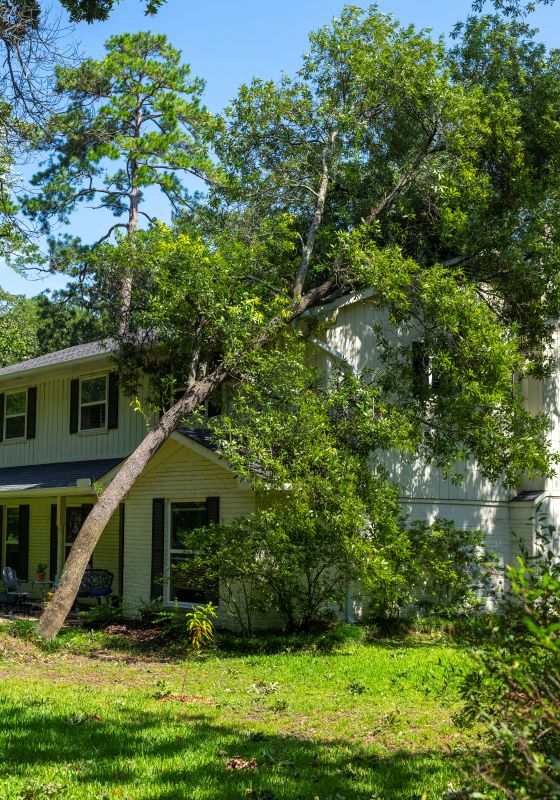
-
Knowing what to do for your trees can make the difference between loss and survival.
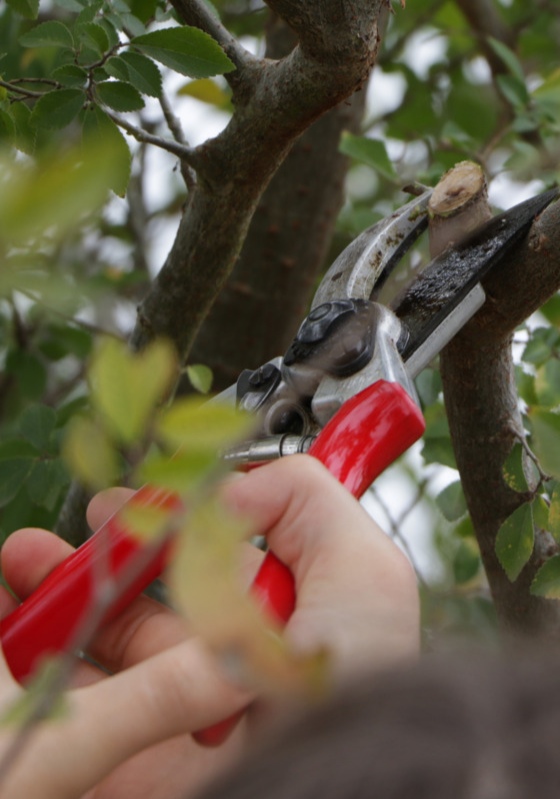
-
Know how to care for your trees properly during a drought.
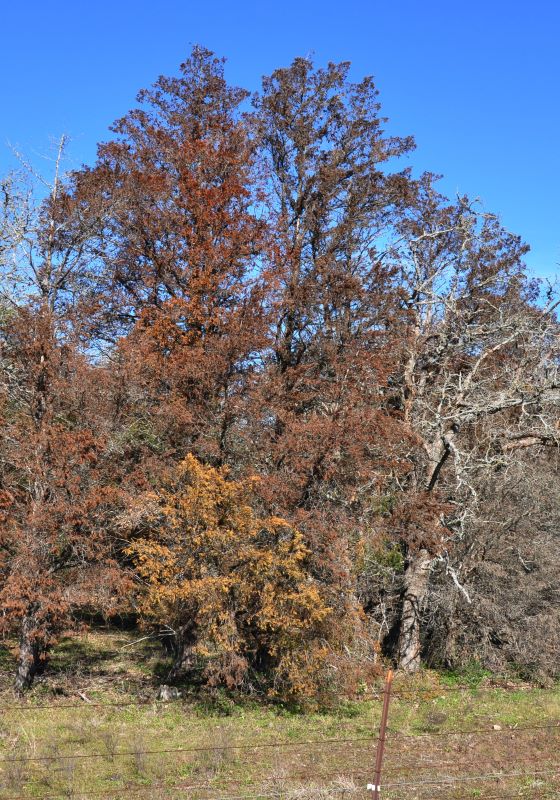
-
Things you can do after a flood to reduce safety hazards and protect trees still standing.

-
Young and newly planted trees need particular care in the cold.

-
Determine post-fire tree health and survival.
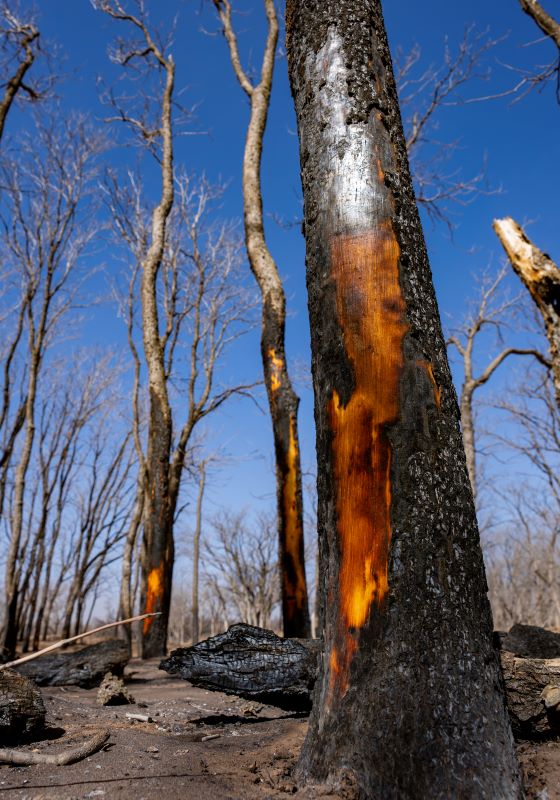
Municipalities
We provide disaster planning, risk assessment and FEMA debris identification following storms for municipalities. Risk assessment helps communities identify trees that are an unacceptable risk, and trees suitable for retention and management during disaster recovery.
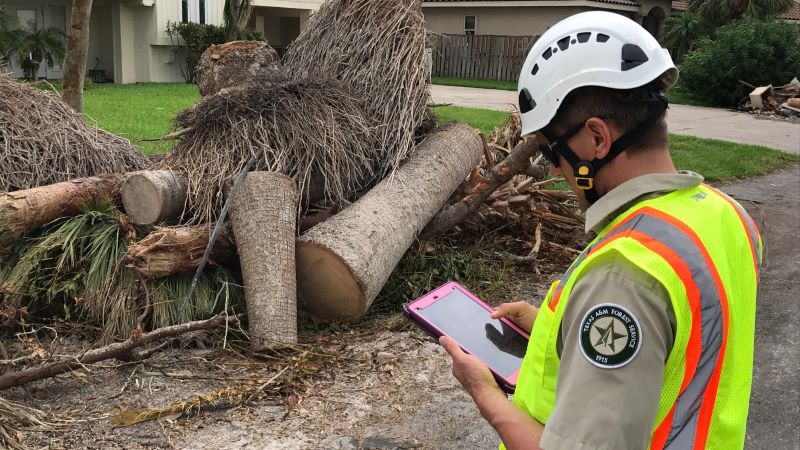
Urban Forest Strike Team
In the event of declared disaster, we can mobilize and deploy an Urban Forest Strike Team to assess storm damaged trees on public property and rights-of-way to identify risk, recommend removal or pruning mitigation, and qualification for FEMA debris reimbursement.
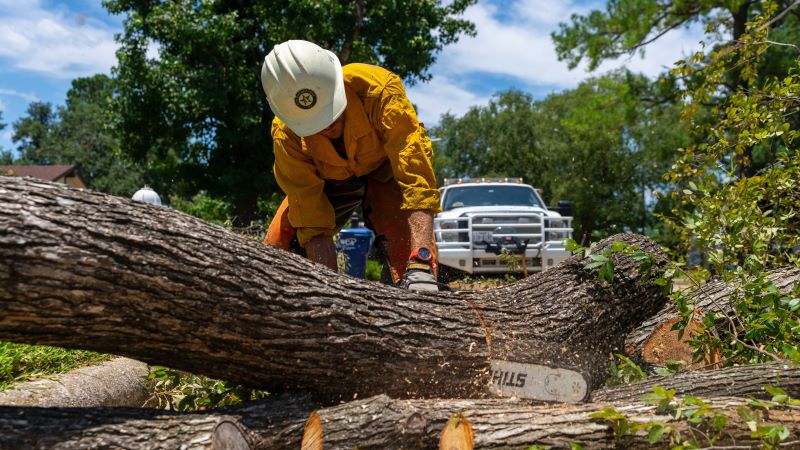

TreeCovery
Donate to the TreeCovery Fund to help communities recover from storms and other natural disasters.
Need additional information? We are here to help!
For further assistance with your trees after a natural disaster, reach out to your local forester.